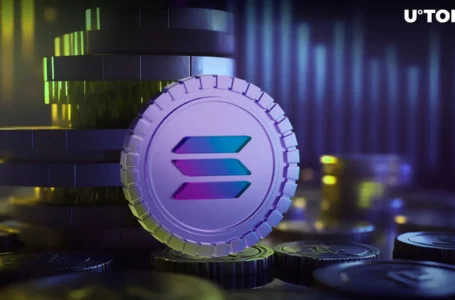
Ethereum Foundation researcher Dankrad Feist released a proposal on how the design of sharding in the upcoming ETH2 blockchain would be advanced
Seasoned Ethereum researcher Dankrad Feist shares a long-read to expain how Ethereum 2.0 would benefit if it gets rid of having independent proposers for each of its shards.
All together: Introducing the new sharding model for Ethereum 2.0
Mr. Feist has posted a proposal “New Partitioning Design with Tight Integration of Tags and Partition Blocks” on his personal blog to share his idea for a more resource efficient partitioning model for ETH2.
As per his proposal, Ethereum’s sharding design will be optimized by hypothetically including data from all shards into a single beacon block. Once implemented, this solution would allow all transactions to access block data—even from L1 and zk-based systems simultaneously.
In its new design, the block will be built by a single block builder and will include both “normal” transactions and transactions with fragmented “call data”.
In a detailed explanation of what is proposed, Mr. Feist indicated 10 core advantages of his idea that are largely about interoperability, decentralization, cost-efficiency and so on.
“These things take years to build”
Polkadot co-founder Robert Habermeier took to Twitter to oppose Feist’s views on sharding. Mr. Habermeier insisted that moving to a new partitioning design would reduce “momentum” for ETH2 developers.
In many aspects, they will need to build from scratch as their current multi-year progress will be obsolete. Such changes can damage the motivation of Ethereum’s team of developers:
This is wrong because systems are built by people. And developers burn themselves out when requirements and specifications can change at any time. Customer development companies need to know what’s coming next.
As covered by U.Today previously, Ethereum 2.0 is a much-anticipated iteration of Ethereum blockchain that moves its network from a proof-of-work (PoW) basis to a proof-of-stake (PoS) one, replacing miners with stakers.
The implementation of sharding (when the network is split into multiple sub-blockchains) is one of its most radical design changes from what it looks like now.


















